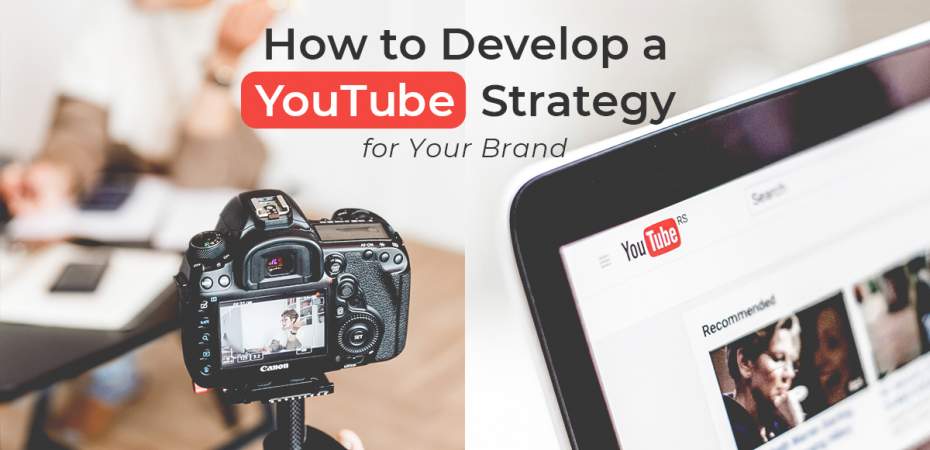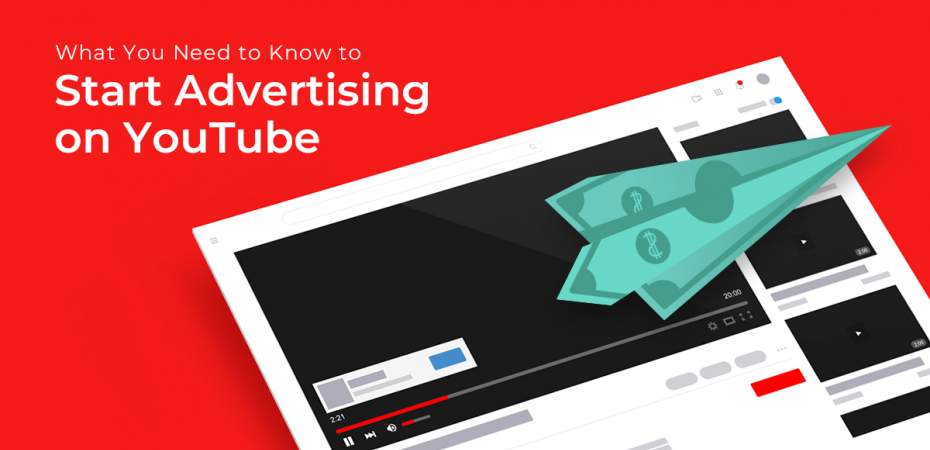August 25, 2020
| Article | by Jennifer Bentcik | Search Engine Optimization
How Video Rankings Differ on Google and YouTube
Every day, people watch over a billion hours of video on YouTube and businesses have taken notice. More than 70% of businesses say they’re creating more video content now in 2020 compared to the same time last year (YouTube and Animoto). With online video consumption on the rise, and the competition for a preferential SERP growing along with it, marketers need to have a good understanding of what will impact their video’s visibility.
When Google purchased YouTube back in 2006, many may have assumed the two platforms would align algorithms and rank video content similarly in both search engines, but it seems as though the acquisition has not entirely produced a united approach.
Algorithm Differences
YouTube
When developing a YouTube SEO strategy, one of the primary goals is ensuring your content is found. Understanding how YouTube ranks video is a key element to ensuring your strategy is a successful one.
The efforts you put in to obtain video views and engagement within the first 24 hours on YouTube will pay off in the long run. Videos that are ranked by the YouTube algorithm may be based on features related to the videos themselves, popularity, and user engagement metrics. These user engagement metrics are an important ranking factor for YouTube videos and include:
- Views
- Channel subscriptions
- View time (time spent watching video)
- Session Time (time spent on YouTube)
- Comments
- Likes/Dislikes
- Shares
This means it is possible to achieve a good ranking on YouTube within the first 24-48 hours. If your video does well on YouTube within the first few days, it tends to do well for the life of the video as long as it's popular and drives video views and engagement within the YouTube platform.
Tip: When launching a new video on YouTube, consider video promotion budget upon launch to ramp up engagement metrics (e.g. views, view time and channel subscriptions). For more YouTube strategy tips read our post on how to develop a YouTube strategy for your brand.
Unlike YouTube, SEO optimizations in Google take a bit longer. Google's search algorithm is designed to satisfy a user’s search intent, which is important to keep this in mind when selecting your video title, writing your description content, and including closed captions and transcripts. Ensuring your content is relevant and references authoritative websites helps your content rank higher in Google’s video carousel and video search results.
When ranking video, Google also appears to consider a video's popularity or backlink profile. Increase your video’s popularity in the eyes of Google by encouraging authoritative links to your video through a bit of promotion and outreach. But be patient; achieving a good ranking on Google oftentimes takes three or more months.
Though improving your ranking in Google will take longer, it will help extend your reach exponentially. Optimizations that occur within the first year will determine the success of video in the long run.
Diving deeper into the differences…
Authority Differences
As mentioned above, both YouTube and Google consider a video’s authority when determining how it ranks. When building authority to improve ranking in Google, focus on obtaining authoritative backlinks to your video content. These backlinks will serve as votes of confidence, improving your video content’s authority when Google evaluates it for inclusion in their video carousel or video search results page.
Though improving authority in Google may take more time, it is typically more sustainable. YouTube on the other hand fluctuates month to month as it determines a video’s authority by looking at video performance and engagement metrics. In order to build and maintain authority on YouTube, you need an ongoing video content strategy that includes production of quality, engaging video content.
Engagement Differences
Both YouTube and Google love engagement, but in slightly different ways. Google considers how well your video answers search intent. To determine this, SEO professionals believe Google considers the relevance of text in your video title and description and the relevant backlinks to the video itself.
YouTube likes to see engagement with its platform. The more time users spend watching your video and recommended videos after looking at yours on the YouTube platform, the better. And as mentioned earlier, video likes, dislikes, and comments are also metrics that indicate strong engagement.
Stay Informed About Ranking Updates
As with any search engine, both Google and YouTube are in a constant state of flux, and ranking factors may shift as core updates are made. However, by understanding how both YouTube and Google algorithms currently differ and by following general inbound marketing best practices, you can be more prepared. Ensure you’re informed of the latest digital marketing news and trends by signing up for our newsletter.

